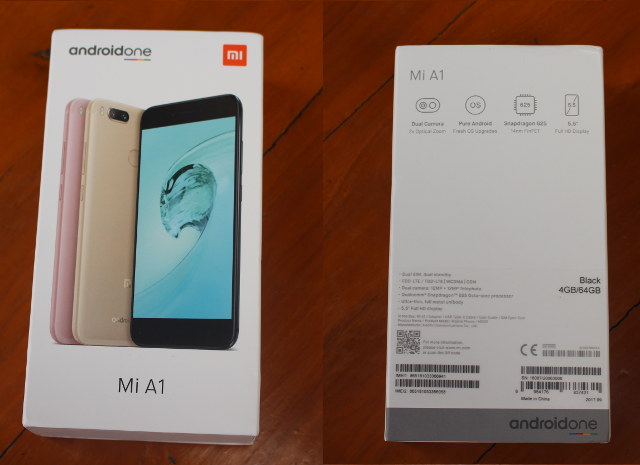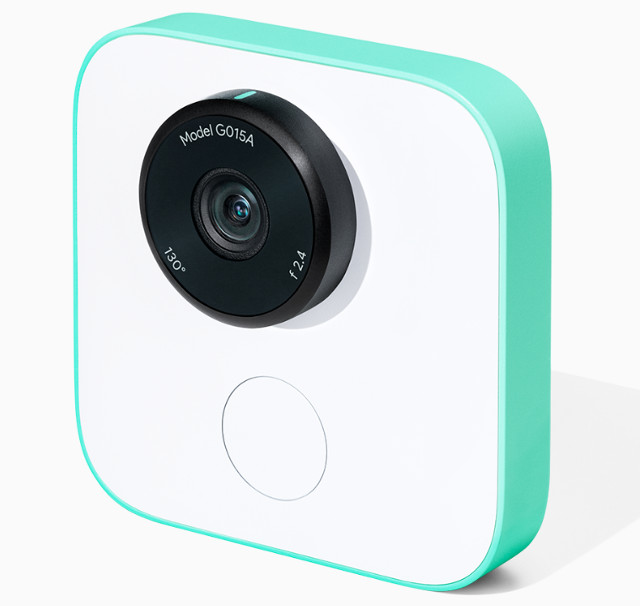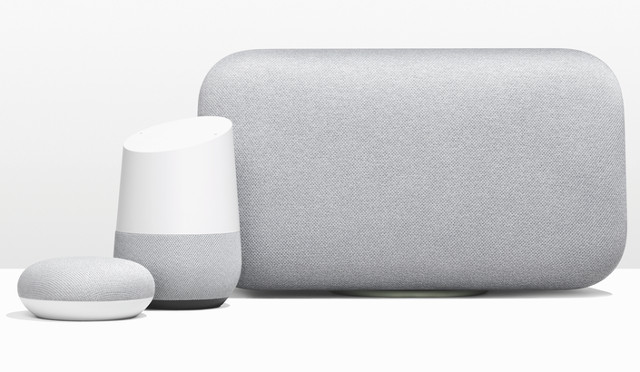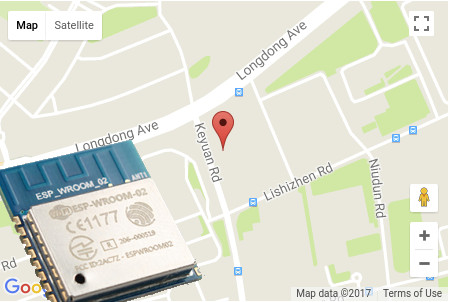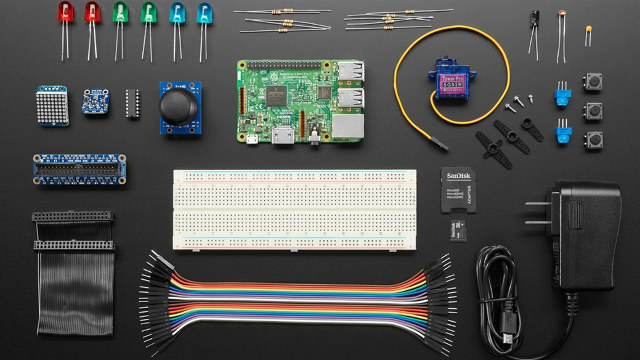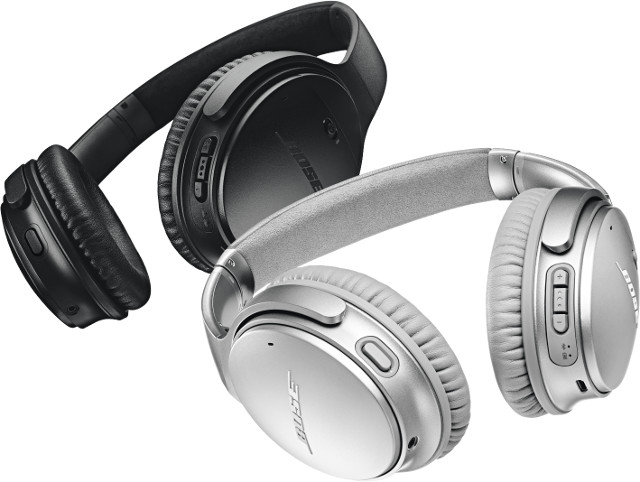Google unveiled their latest Pixel 2 & Pixel 2 XL premium smartphones powered by Snapdragon 835 SoC earlier this month, and while they are expected to go on sale tomorrow, reviewers have got their hands on samples, and one of the key feature is the camera that takes really good photos and videos as reported here and there. You’d think the ISP and DSP inside Snapdragon 835 SoC would handle any sort of processing required to take photos. But apparently that was not enough, as Google decided to design their own custom co-processor – called Pixel Visual Core -, and integrated it into Pixel 2 phones. The co-processor features a Cortex A53 core, an LPDDR4 memory interface, PCIe interface and MIPI CSI interface, as well as an image processing unit (IPU) IO block with 8 IPU cores. Google explains the IPU block will allow 3rd party applications to leverage features […]
Xiaomi Mi A1 Review – Part 1: Unboxing, First Boot, Firmware Update, and Benchmarks
Xiaomi Mi A1 hardware specifications are pretty much standard for a mid-range smartphone, except possibly for its dual rear camera, and what makes it stand apart is really Android One program that promises regular firmware update, including to the latest “pure” Android version, during a 2-year period from launch. In my case, the phone is also interesting because so far I had only used smartphones with Mediatek SoCs, and Mi A1 is equipped with a Qualcomm Snapdragon 625 processor. SD625 should be slower than the Mediatek Helio X20 deca-core processor I’ve been using in Vernee Apollo Lite, but I’m curious to find out if some apps have been better optimized for Qualcomm processors. I’ll soon find out as GearBest sent me a review sample.I’ll start with an unboxing and first boot post, before writing the second part of the review in a couple of weeks once I’ve finished testing the […]
Google Clips is an A.I. Camera Powered by Movidius Myriad 2 VPU
Most consumer cameras offers some ways for the photographer to check the framing of the picture, such as a viewfinder or LCD display, before pressing the button. The first time I saw a consumer camera without such features was with MeCam, a tiny snap-on camera that you can wear on your shirt, and just press a button to take a picture. Convenient, but no ideal as subjects were often out of frame with the camera pointing at the wrong angle. That was in 2013. But today, those cameras can be improved with artificial intelligence, and Google Clips is a camera without viewfinder nor LCD display that can allegedly take good photos – or short clips – automatically, acting in some ways like a human photographer, so that every human in the room / the whole family can be on the shot. Google Clips specifications: Vision Processing Unit – Movidius Myriad […]
Google Adds Home Mini and Home Max to its Google Assistant Family
As we’ve just discussed in our post about Pixel 2 / Pixel 2 smartphones, Google had a hardware day yesterday, where they made announcements about various devices with new smartphones, Pixel Buds earbuds optimized for Google Assistant, Pixelbook chromebook, and so on. Google Home family has also been extended with two new models: Home Mini with a much smaller device and a lower price, as well as Home Max with premium speakers. Google Home Mini Specifications: Speaker – 360 sound with 40mm driver Microphones – “Far-field voice recognition supports hands-free use” Audio formats – HE-AAC, LC-AAC+, MP3, Vorbis, WAV (LPCM), FLAC Connectivity – Dual band 802.11 b/g/n/ac WiFi, Bluetooth USB – 1x micro USB port for power Misc – Play/Pause/Talk button, volume buttons, LEDs, microphone on/off switch Power Supply – 5V/1.8A Dimensions – 98 mm ∅ x 42 mm (h) Weight – 173 grams (device only) Home Mini is compatible with […]
Google Introduces Pixel 2 and Pixel 2 XL Smartphones running Android 8.0 on Snapdragon 835 SoC
When Google introduced Nexus brand, it aimed to provide affordable yet decently spec’d Android smartphone. The Nexus has now been deprecated, Google left the low/mid range market, leaving other fills the void, and instead launch the Pixel brand for premium devices. The company announced several new hardware devices yesterday, including two new Pixel smartphones: Pixel 2 and Pixel 2 XL, both powered by a Qualcomm Snapdragon 835 processor, and running the latest Android 8.0 Oreo. Both phones share most of the same specifications: SoC – Qualcomm Snapdragon 835 with 4x Kryo 280 “performance” cores @ 2.35GHz, 4x Kryo 280 “efficiency” cores @ 1.90GHz, Adreno 540 GPU, security module System Memory – 4GB LPDDR4x Storage – 64GB or 128GB flash Display Pixel 2 – 5.0″ always-on AMOLED display with 1920×1080 resolution (16:9 aspect ratio); 2.5D Corning Gorilla Glass 5 Pixel 2 XL – 6.0″ always-on pOLED display with 2880×1440 resolution (18:9 […]
Geolocation on ESP8266 without GPS Module, only WiFi
When I think about geolocation in I normally think about global navigation satellite systems such as GPS, GLONASS, Galileo, or Beidou, as well as IP geolocation, but the latter is highly inaccurate, and often only good for find out about the country, region, or city. But if you’ve ever been into your phone location settings, you’d know GPS is only one option, as it can also leverage cellular base stations and WiFi SSIDs, where the former working where there’s coverage, and the later in area with a high enough density of access points. Somehow, I had never thought about using such technology to find location with WiFi modules until Espressif Systems released an application note entitled “Geolocating with ESP8266“. This document describes how the ESP8266 module may be used to scan for nearby Wi-Fi access points and, then, use their SSID, RSSI and MAC address to obtain a potential fix […]
Google Cloud IoT Core Enters Public Beta, Various Devkits Available
Back in May, I wrote about Allwinner R18 based Banana Pi BPI-M64 Board with Google Cloud IoT Core support, as Google unveils the new cloud service during Google I/O. However, at the time it was only available to selected partners, and Google has recently launched the public beta making their IoT device management platform available to all. I first learned about this through an ARM community blog post announcing availability of the ARM-based IoT Kit for Cloud IoT Core on Adafruit using Raspberry Pi 3 board, a breadboard, and various modules that can be managed through Google services. But that are plenty of other IoT kits or boards for Google Cloud IoT Core including: Allwinner R18 based Pine A64-LTS, Banana Pi BPI-R18 Marvell based MACCHIATObin, and ESPRESSOBin boards Mongoose OS IoT starter kit with ESP32 board( instead of Raspberry Pi 3) Grove IoT Commercial Developer Kit based on Intel NUC […]
Bose QuietComfort 35 II Headphones Are Optimized for Google Assistant
Many years ago, when the first Bluetooth headset started to be sold, it was always a bit funny to hear people apparently talking to themselves while walking in the street. But soon enough, fellow walking zombies may start talking even more on the go, as Google and its partners have launched a new category of headphones with support for Google Assistant starting with Bose QuietComfort 35 II (aka QC35 II). The new headphones are actually an update to QC35 headphones that not only adds Google Assistant support but also noise control settings. It’s not really as cool as it first sounds though. The headphones have an “Action” button to trigger Google Assistant, so no “OK Google” or “Hey Google”, and support is not exactly built-in, meaning you’ll still need to pair the headphones with your smartphone over Bluetooth. You’ll then be able to hear your incoming messages and calendar automatically […]


